Low-Temperature Granulation of Live Enzymes.
Preserving Activity Through Precision Drying
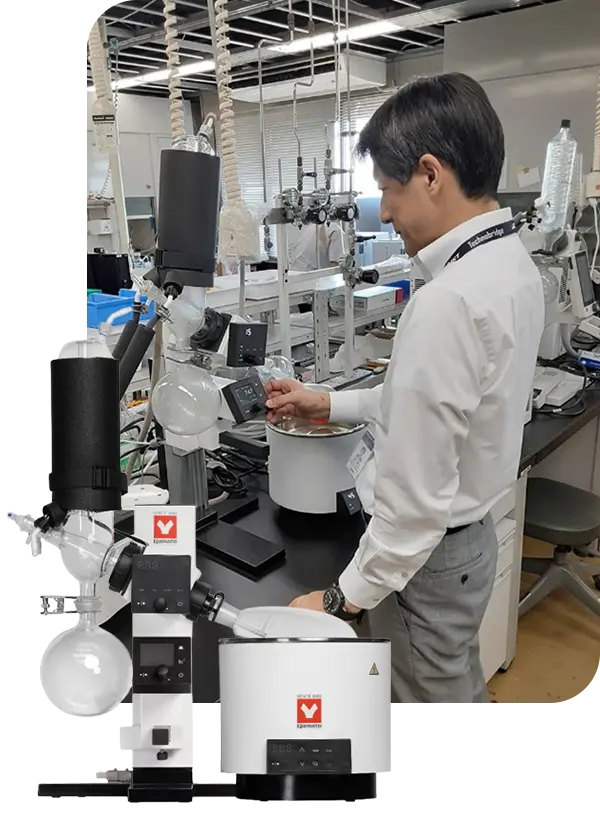
You've spent months developing an enzyme formulation that shows remarkable catalytic efficiency in solution. Now comes the challenge: converting that liquid enzyme preparation into stable, easy-to-handle granules without destroying what makes it work. Traditional drying methods threaten to denature your proteins through heat stress or mechanical shear. The question isn't whether granulation is possible - it's how to achieve it while maintaining full enzymatic activity.
This is where precision low-temperature granulation through rotary evaporation becomes essential. By combining vacuum-assisted solvent removal with controlled rotation at reduced temperatures, you can transform enzyme solutions into stable granules that retain their biological function.
If you don’t want to learn about this, and you just want the rotary evaporator we built for this application, you can customize your live enzymes rotary evaporator package in less than 20 seconds.
The Critical Balance:
Why Enzymes Demand Gentle Processing
Enzymes operate through precise three-dimensional structures that catalyze specific reactions. These protein configurations are remarkably fragile - temperatures above 40-50°C can trigger irreversible denaturation, while excessive mechanical stress can disrupt critical active sites. Yet the benefits of granulation are compelling: improved handling characteristics, accurate dosing, extended shelf life, dust-free operation, and rapid reconstitution when needed.
The key lies in selecting appropriate carrier systems. Maltodextrin, trehalose, and lactose don't just provide bulk - they actively protect enzyme structures during the drying process. These carriers form protective matrices around enzyme molecules, stabilizing them against thermal and mechanical stress. The challenge is removing water without disrupting these delicate protein-carrier interactions.
Industrial enzyme producers face specific hurdles: maintaining activity levels above 90%, preventing granule clumping during storage, ensuring rapid redispersion in solution, and achieving consistent particle size distribution. Each parameter affects the final product's performance in its intended application, whether that's laundry detergents, food processing, or pharmaceutical manufacturing.
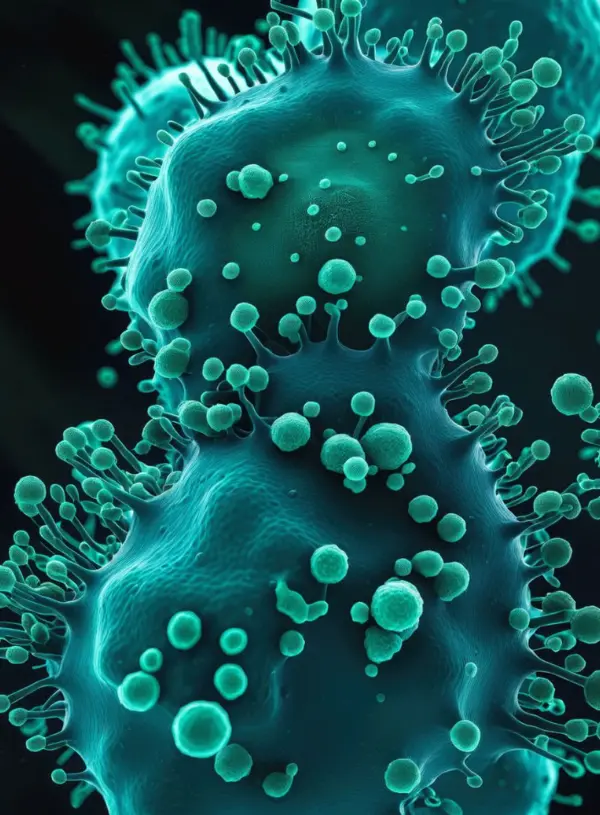
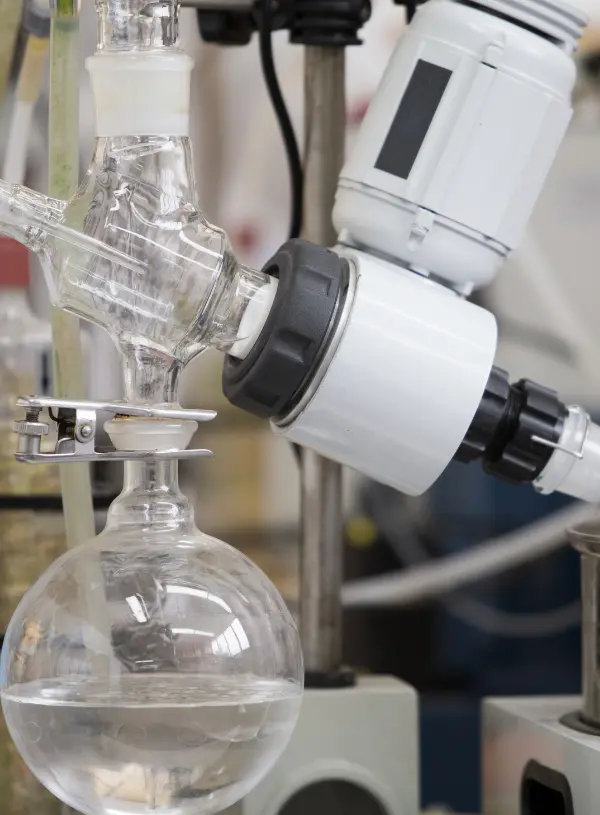
Understanding Low-Temperature Rotary Evaporation
Rotary evaporation addresses these challenges through fundamental physics. By reducing system pressure, you lower the boiling point of solvents dramatically - water that normally boils at 100°C can evaporate at 30°C or even lower under vacuum. This principle alone makes the technique invaluable for enzyme processing.
The rotation component serves multiple purposes beyond simple mixing. As the flask rotates, it creates a thin film of solution across the vessel walls, maximizing surface area for evaporation. This film formation prevents local hot spots that could denature enzymes, while the constant motion ensures uniform drying throughout the batch. Combined with a temperature-controlled water bath and efficient vacuum system, you achieve gentle yet effective moisture removal.
Modern systems incorporate ultra-cold condensers and programmable vacuum controllers that maintain precise conditions throughout the process. These features transform what was once a manual, variable process into a reproducible method suitable for sensitive biological materials.
Optimizing Your Process with Advanced Equipment
The Yamato Mini Rotary Evaporator exemplifies the precision needed for enzyme granulation. Its temperature control system maintains bath temperatures within ±0.5°C, critical when working near enzyme denaturation thresholds. The variable rotation speed - adjustable from 10 to 280 rpm - allows you to optimize film formation without inducing shear stress.
What sets this system apart for enzyme work is its programmable methodology. You can establish vacuum ramps that gradually remove moisture, preventing the sudden pressure changes that can damage protein structures. The chemical-resistant construction handles the organic acids, buffers, and stabilizers commonly used in enzyme formulations without degradation or contamination.
The compact footprint makes it practical for R&D laboratories where bench space is precious, yet the 1-liter capacity processes meaningful sample sizes for activity testing and formulation development. This scale bridges the gap between analytical work and pilot production, generating data that translates reliably to larger systems.
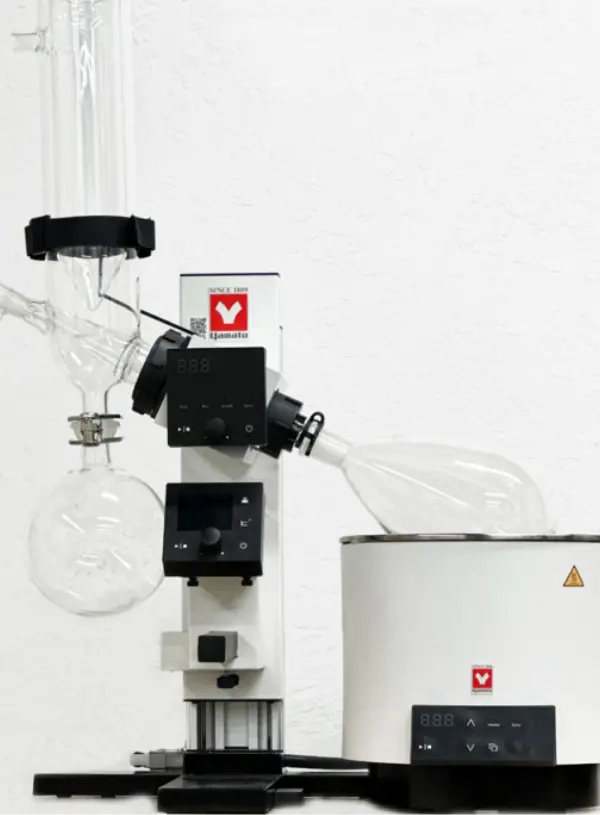
Critical Questions for Enzyme Granulation Success
How do carrier systems influence enzyme stability during drying?
Different carriers offer distinct protective mechanisms. Trehalose, for instance, replaces water molecules around proteins through hydrogen bonding, maintaining structural integrity even in the dry state. Maltodextrin creates a glassy matrix that physically immobilizes enzymes, reducing molecular mobility that could lead to aggregation. The choice depends on your enzyme's specific vulnerabilities and the intended application environment.
The carrier-to-enzyme ratio profoundly affects both protection and activity. Too little carrier leaves enzymes exposed to stress; too much dilutes the final activity per gram of product. Through controlled rotary evaporation, you can test multiple formulations efficiently, adjusting drying parameters to optimize each carrier system.
What determines optimal granule characteristics?
Granule size affects multiple performance parameters. Smaller particles (100-200 μm) dissolve rapidly but may generate dust and have poor flow properties. Larger granules (500-800 μm) handle well but might dissolve slowly. The sweet spot typically falls between 200-400 μm, balancing handling convenience with reconstitution speed.
Moisture content represents another critical variable. While complete drying maximizes shelf life, trace moisture (2-5%) can actually preserve enzyme flexibility and activity. Rotary evaporation's vacuum control allows you to target specific moisture endpoints precisely, stopping the process before over-drying occurs.
How does this compare to alternative granulation methods?
Spray drying operates quickly and handles large volumes, but the atomization process exposes enzymes to high shear forces and rapid temperature changes. Even with inlet temperatures below 60°C, the combination of mechanical stress and flash evaporation can reduce enzyme activity by 20-40%.
Freeze granulation maintains low temperatures throughout but requires multiple steps: freezing, sublimation, and often secondary drying. The process takes 24-48 hours compared to 2-4 hours for rotary evaporation, increasing energy costs and limiting throughput.
Fluid bed granulation works well at production scale but struggles with the small batches typical of enzyme R&D. The minimum batch size - often 500g or more - wastes valuable enzyme during development. Rotary evaporation handles 10-100g samples efficiently, preserving precious materials during optimization.
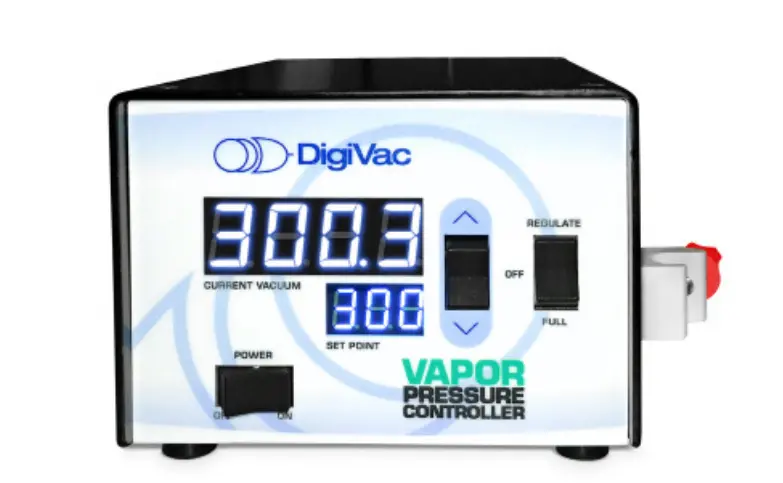
Establishing Your Standard Operating Procedure
Start with enzyme solution at 10-20% solids content, including your chosen carrier system. Set the water bath to 30-35°C - warm enough to promote evaporation but well below denaturation temperature. Begin rotation at 60-80 rpm to establish good film formation without creating foam.
Apply vacuum gradually, starting at 200 mbar and reducing to 50-100 mbar over 15 minutes. This staged approach prevents bumping and maintains solution stability. Monitor the condensate collection rate; it should remain steady at 5-10 mL/minute for a 100 mL batch.
As drying progresses, you'll notice the solution thickening and beginning to form solid deposits on the flask walls. Continue until reaching your target moisture content, typically determined by prior testing. The entire process usually takes 2-4 hours depending on batch size and concentration.
Troubleshooting Common Challenges
When enzyme activity drops below expected levels, temperature is the usual suspect. Verify that your bath temperature remains stable and that the vacuum level isn't causing excessive evaporative cooling. Some enzymes benefit from adding stabilizers like glycerol or sorbitol at 5-10% concentration.
Granule clumping often indicates incomplete drying or hygroscopic carrier selection. Ensure your final moisture content stays below 5% and consider adding anti-caking agents like silicon dioxide at 0.5-1%. Store granules in moisture-barrier packaging immediately after production.
Poor reconstitution suggests either over-drying or inappropriate carrier selection. Test dissolution at various moisture contents to find the optimal balance. Adding surfactants at low concentrations (0.1-0.2%) can improve wetting without affecting enzyme activity.
If granules appear non-uniform, adjust rotation speed and fill volume. Optimal film formation typically occurs with the flask 20-40% full. Higher rotation speeds create thinner films but may induce shear stress in sensitive enzymes.
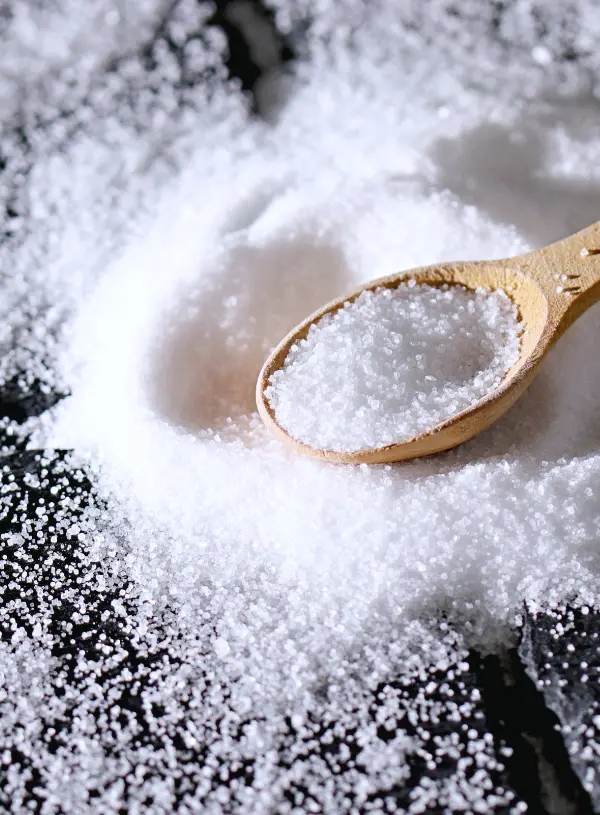
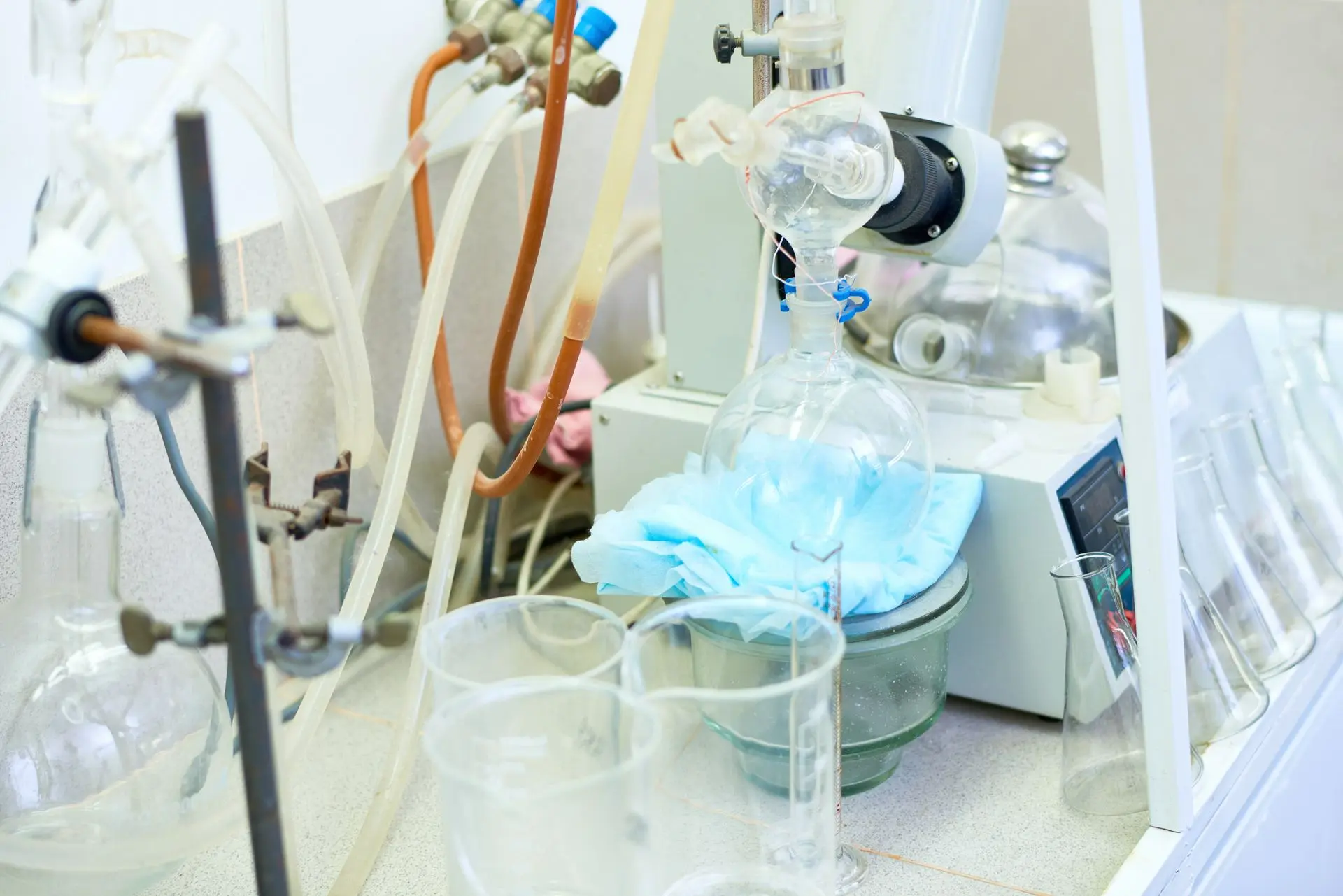
Real-Time Monitoring and Scale Translation
Modern rotary evaporators support integration with external sensors for process monitoring. Inline refractometers track concentration changes, while capacitance probes measure moisture content. This data creates detailed process profiles that guide scale-up decisions.
When transitioning from R&D to pilot scale, maintain the same temperature differential between bath and vapor, equivalent vacuum levels, and similar film thickness. The Yamato system's programmable controls document these parameters precisely, creating SOPs that translate reliably to production equipment.
Consider implementing Design of Experiments (DOE) methodology to map the relationship between process parameters and product quality. Variables like vacuum level, rotation speed, and carrier concentration interact in complex ways that DOE can elucidate efficiently.
The Strategic Value for R&D Teams
Low-temperature enzyme granulation through rotary evaporation offers unique advantages for development laboratories. You can screen multiple formulations using minimal material, establish process parameters that scale predictably, and maintain enzyme activity levels that meet commercial requirements.
The technique's flexibility accommodates diverse enzyme classes - from industrial proteases to pharmaceutical-grade therapeutic proteins. Each application benefits from the gentle processing conditions and precise control that rotary evaporation provides.

For teams developing next-generation enzyme products, this approach removes a significant bottleneck. Rather than accepting activity losses as inevitable during solid-state conversion, you can maintain near-complete functionality while gaining the stability and handling advantages of granulated forms.
Moving Forward with Confidence
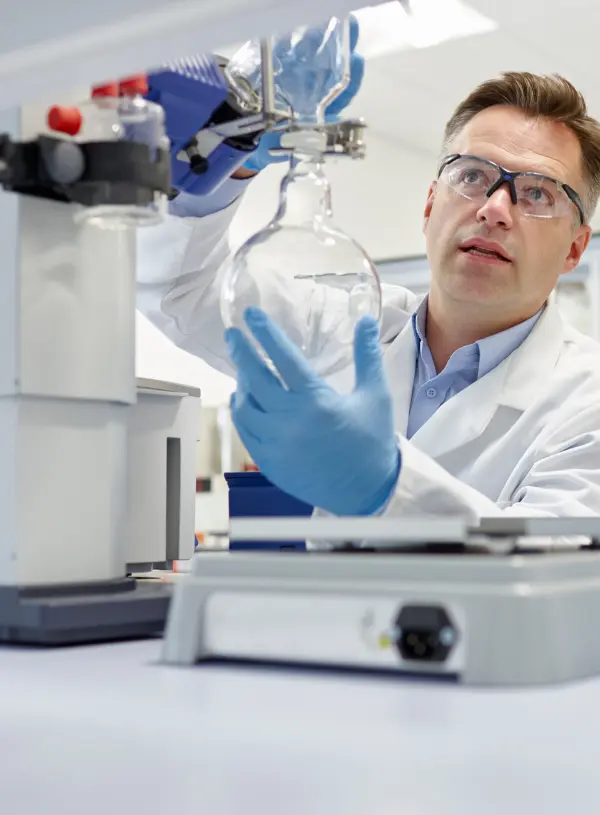
Successfully granulating live enzymes requires understanding both your biological material and your processing equipment. Rotary evaporation offers the control and gentleness essential for maintaining enzyme activity, while providing the flexibility to optimize formulations efficiently.
The Yamato Mini Rotary Evaporator brings industrial-grade precision to the research laboratory, enabling enzyme developers to explore formulation space systematically. Its combination of temperature control, programmable vacuum management, and chemical compatibility makes it particularly suited for the challenging task of enzyme granulation.
Whether you're developing industrial catalysts, pharmaceutical enzymes, or research tools, the ability to create stable, active granules expands your product development options significantly. The key is choosing equipment and methods that respect the delicate nature of protein structures while delivering reproducible results.
For laboratories ready to advance their enzyme formulation capabilities, exploring low-temperature rotary evaporation represents a logical next step. The technique's proven track record with sensitive biomolecules, combined with modern instrumentation capabilities, makes successful enzyme granulation an achievable goal rather than a persistent challenge.